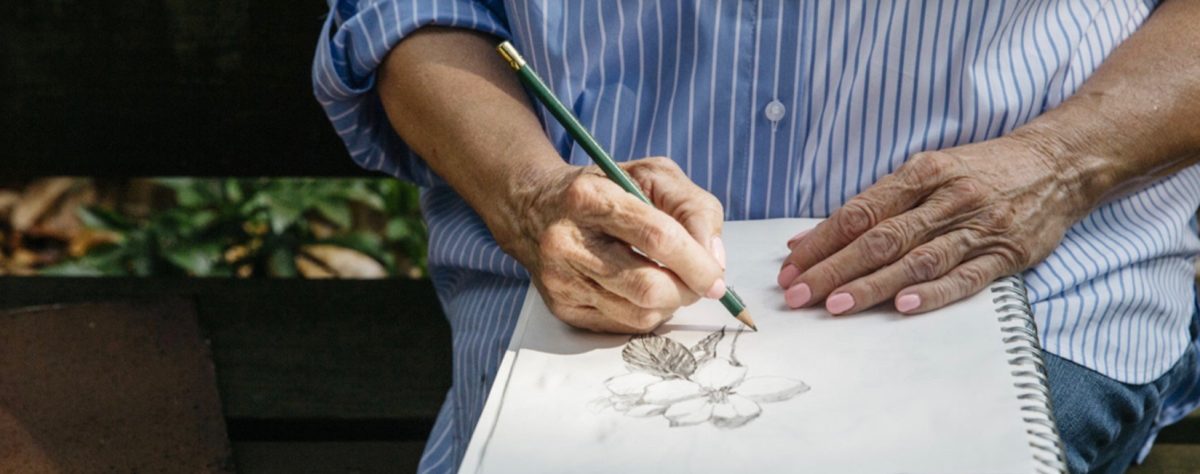“You can’t do sketches enough. Sketch everything and keep your curiosity fresh.”
John Singer Sargent (from Brainyquotes)
Sketching is vital to developing artistic vision. For some artists it requires focus and discipline. For others, sketching is the artistic vision. As sketching evolves by the hand of the later, it gains an energy and drama that is quite compelling.
The blog, Doodlemum, is one such example. The artist’s doodles became the story of the artist’s life. The richness and poignancy of the work is immensely compelling. We want to be in Doodlemum’s life. Doodlemum’s doodles went on to become a book. Doodlemum’s doodles will inspire artistic vision and bring on a smile.
It is not always easy to make the effort to prepare for painting by making preliminary sketches. If there is an image in the artist’s head, it can be difficult to slow down the process and take the time to develop the concept through sketching before picking up a brush. How many frustrations can be avoided by taking the time to expand the “head” image by sketching first? And who knows, our sketchbooks may just take on lives of their own!





